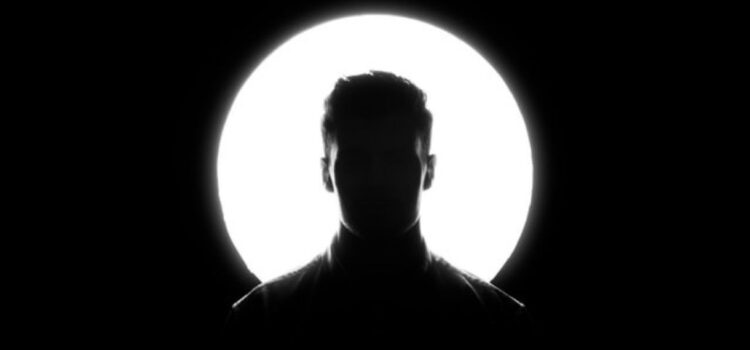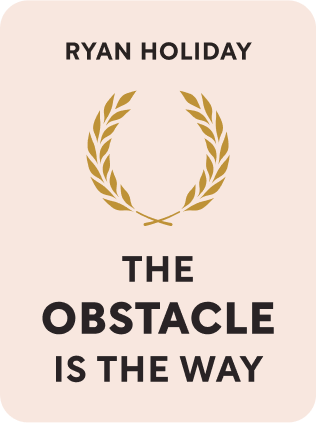

This article is an excerpt from the Shortform book guide to "The Obstacle Is The Way" by Ryan Holiday. Shortform has the world's best summaries and analyses of books you should be reading.
Like this article? Sign up for a free trial here .
How do Stoics view the world? Can anyone cultivate the Stoic mindset?
The key characteristic of the Stoic mindset is dispassionate perception—taking a rather neutral and detached view of life events. Seeing things in this way, as Stoics see them, doesn’t come naturally; it’s a skill you need to develop and hone.
Here are some lessons to keep in mind if you want to cultivate the Stoic mindset.
To Cultivate the Stoic Mindset, Practice Objectivity
Often, instead of seeing things as they are, we create problems for ourselves by expecting or believing things should be a certain way, or by seeing things that aren’t there.
Stoics use mental exercises to help them see obstacles objectively and learn not to be intimidated—an example is “contemptuous expression,” in which they describe a situation or object in the most contemptuous terms possible. The idea is to see it without any enhancement.
For instance, Marcus Aurelius described things without euphemisms: Roasted meat was a dead animal and expensive wine was simply rotted grapes. Another Stoic, Epictetus, advised students to envision great leaders having sex (to see that they’re just like anyone else).
You can use this technique to downplay or minimize things that intimidate you or stand in your way: “Who’s going to remember this sales pitch a month from now? What’s this sales pitch really going to change in the long run?”
There’s another mental trick that sometimes helps if you’re having trouble being objective about a situation you’re involved in. Pretend the situation is happening, not to you, but to someone you know. Think of what you’d advise them to do: What are the different ways they could handle it? It’s always easier to solve someone else’s problems than your own, because you can see their problems more objectively (without the self-pity and excuses that get in your own way).
Remember that your mindset, or how you view things, is a matter of choice. You have the ability to introduce a new perspective into any situation—that is, to view it differently. Your perspective and what you tell yourself about an obstacle affect how easy or difficult it is to overcome.
The Power of Stoic Mindset: John D. Rockefeller
John D. Rockefeller’s response to the Panic of 1857 is an example of the power of the Stoic mindset.
(Shortform note: The Panic of 1857 was a national depression triggered when Europe cut back on buying U.S. agricultural products.) The crisis began in Ohio, where Rockefeller was a neophyte investor in Cleveland. As businesses failed, and stock and grain prices plunged, a depression took hold.

———End of Preview———
Like what you just read? Read the rest of the world's best book summary and analysis of Ryan Holiday's "The Obstacle Is The Way" at Shortform .
Here's what you'll find in our full The Obstacle Is The Way summary :
- Why you should think of any obstacles as opportunities
- How Stoicism can show you the way to overcome challenges
- How Theodore Roosevelt's struggle with asthma prepared him for future struggles






